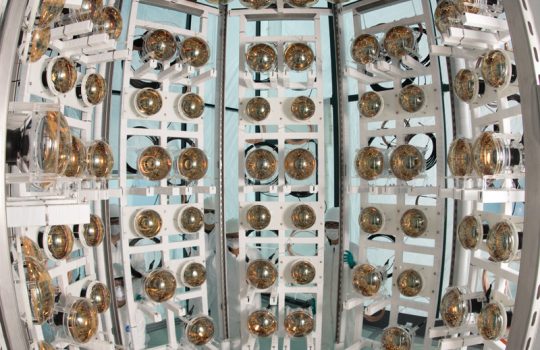Brasil e Estados Unidos estreitam parceria estratégica em Ciência e Tecnologia
- Brazil
- Deep Underground Neutrino Experiment
- DUNE
- FAPESP
- international engagement
- LBNF
- Long-Baseline Neutrino Facility
- neutrino
- University of Campinas
From the Brazil Ministry of Science, Technology, Innovation and Communication, March 6, 2020: Comissão mista entre os dois países possui grupos de trabalho para pesquisas sobre temas como saúde, espaço, tecnologias e agências de financiamentos.



